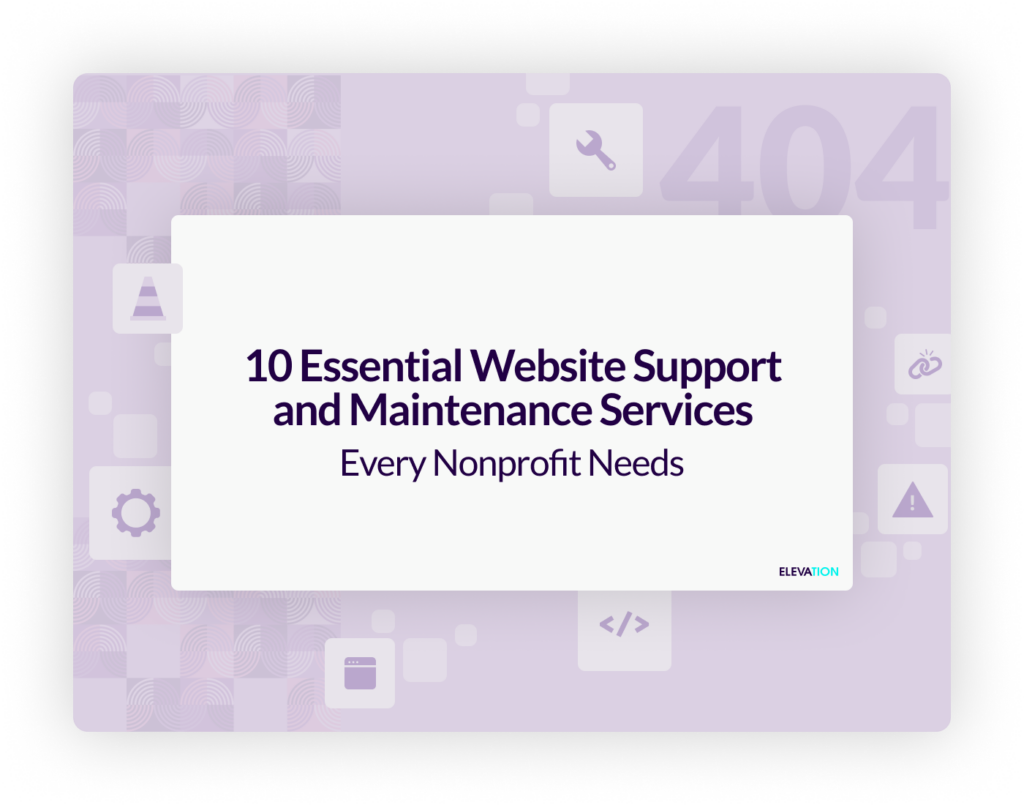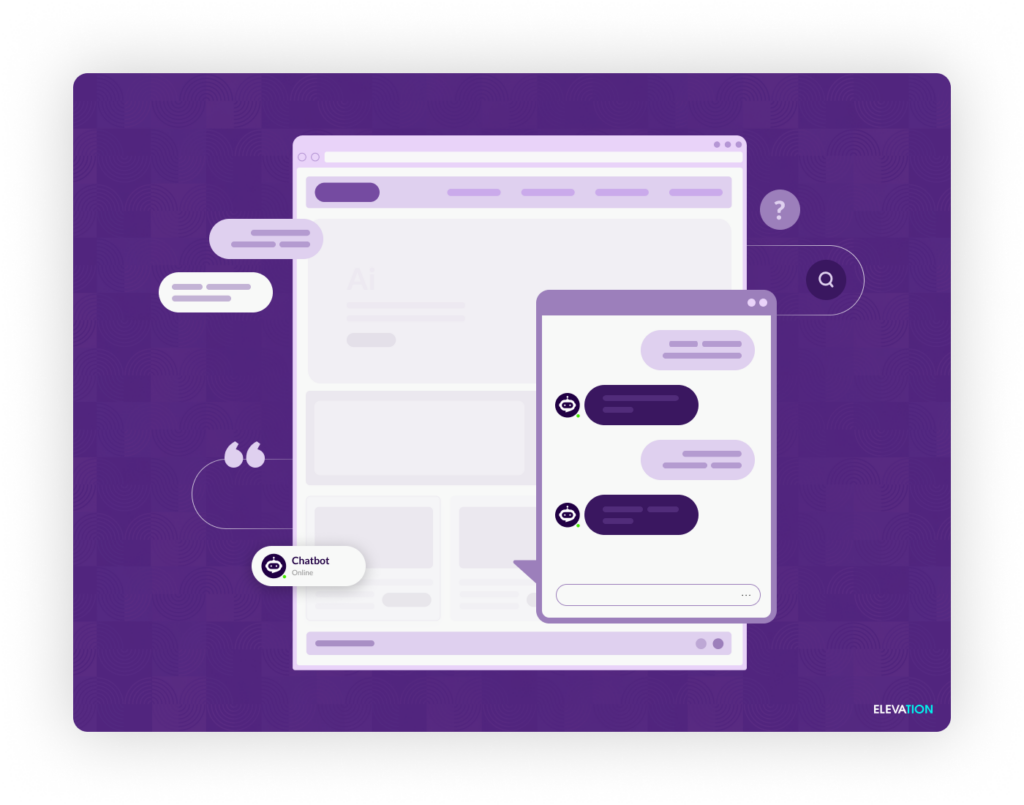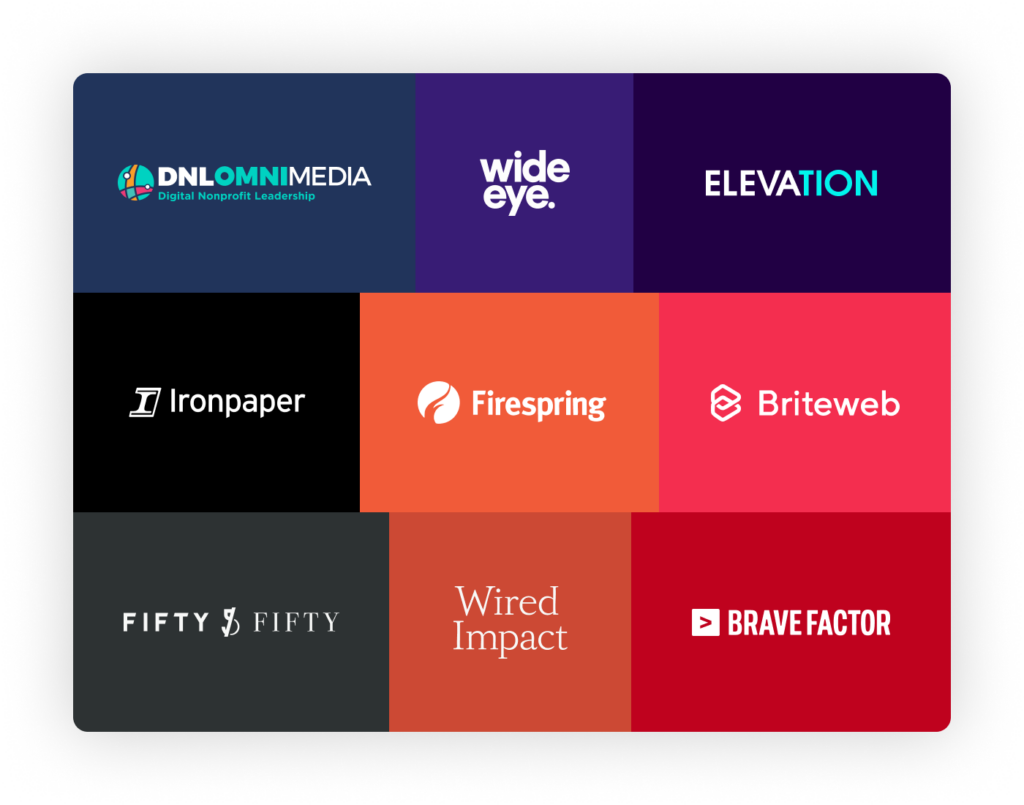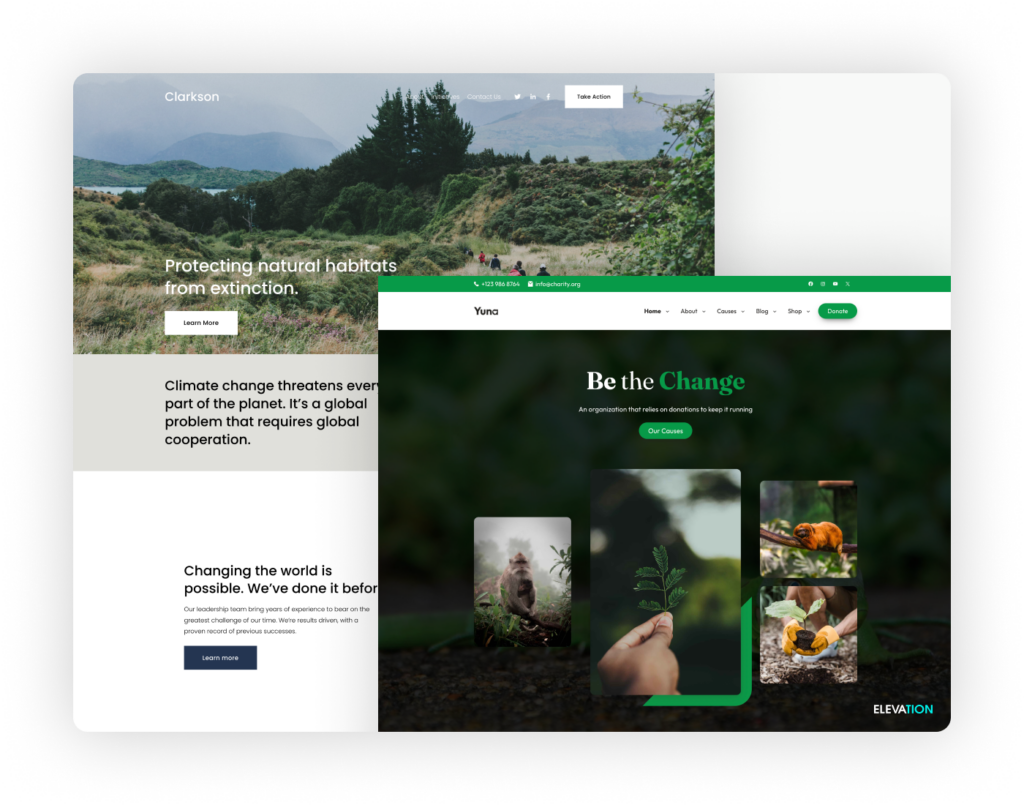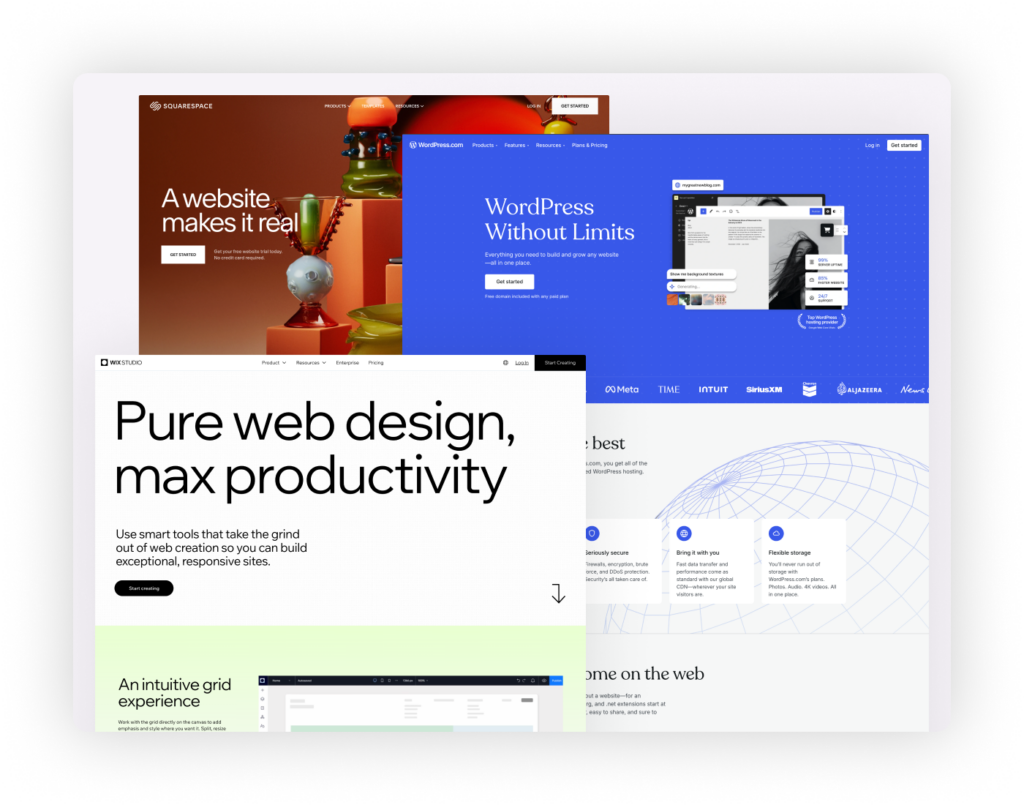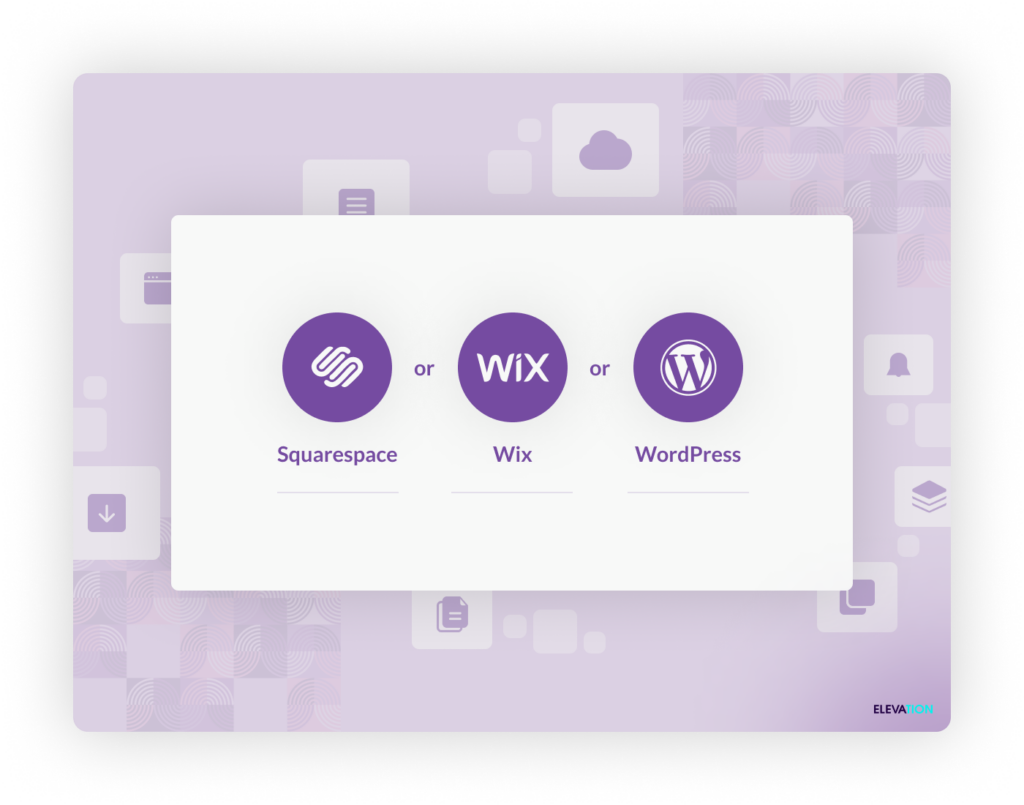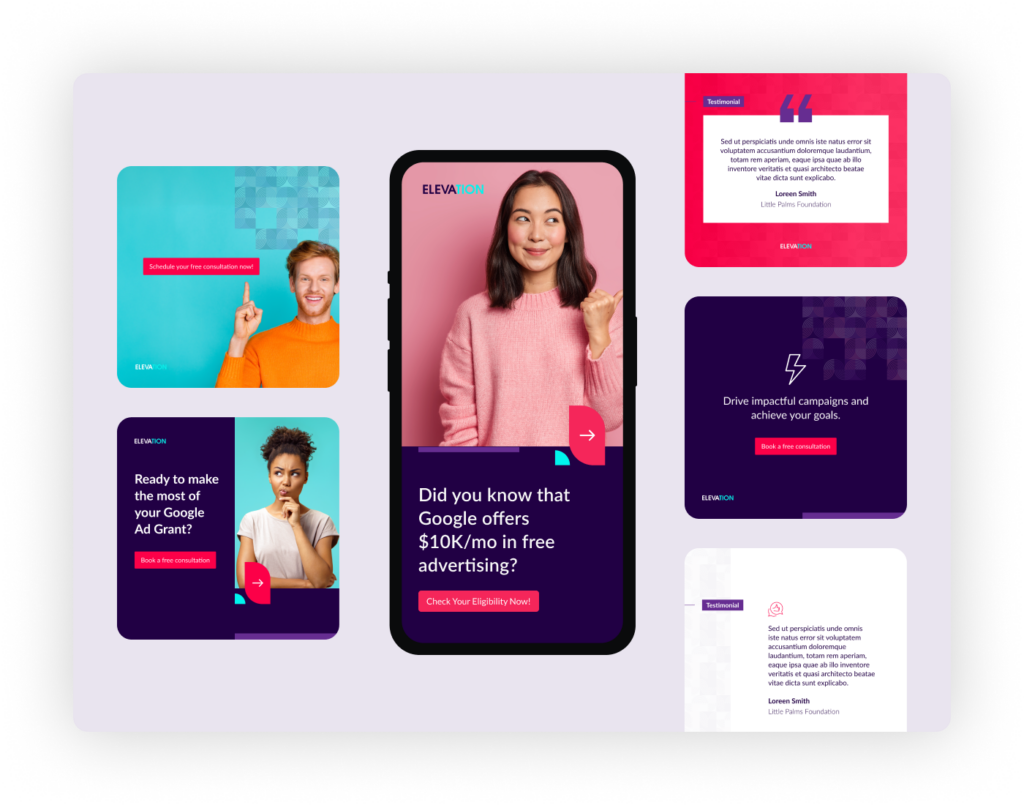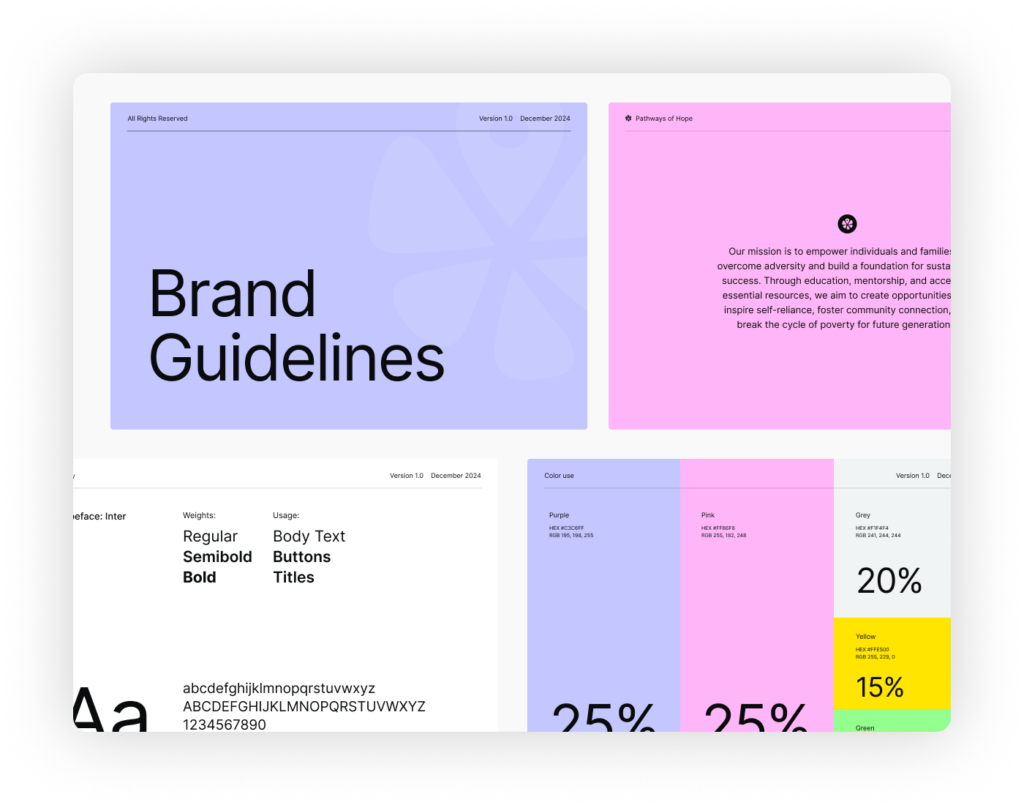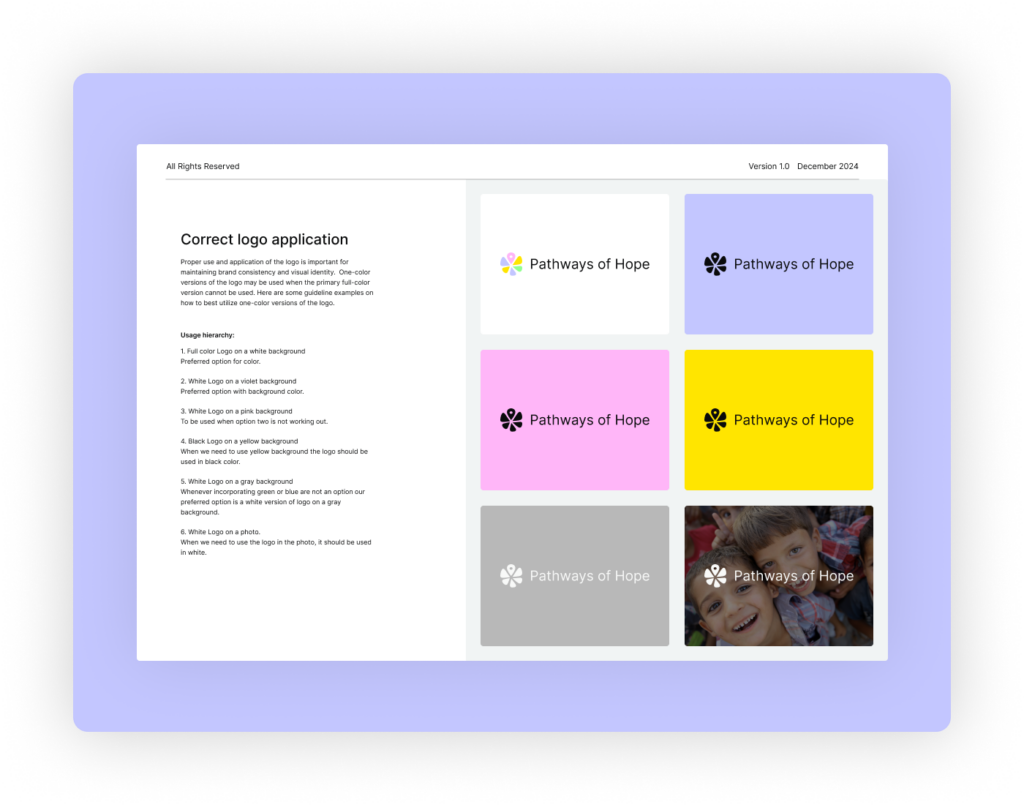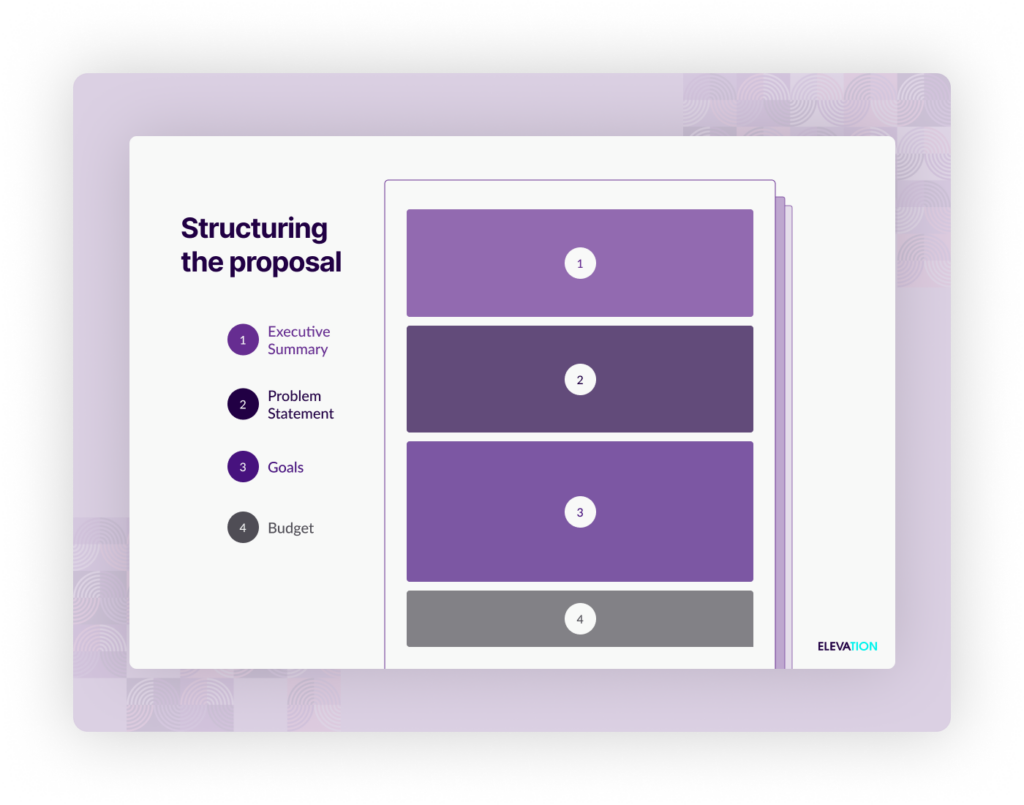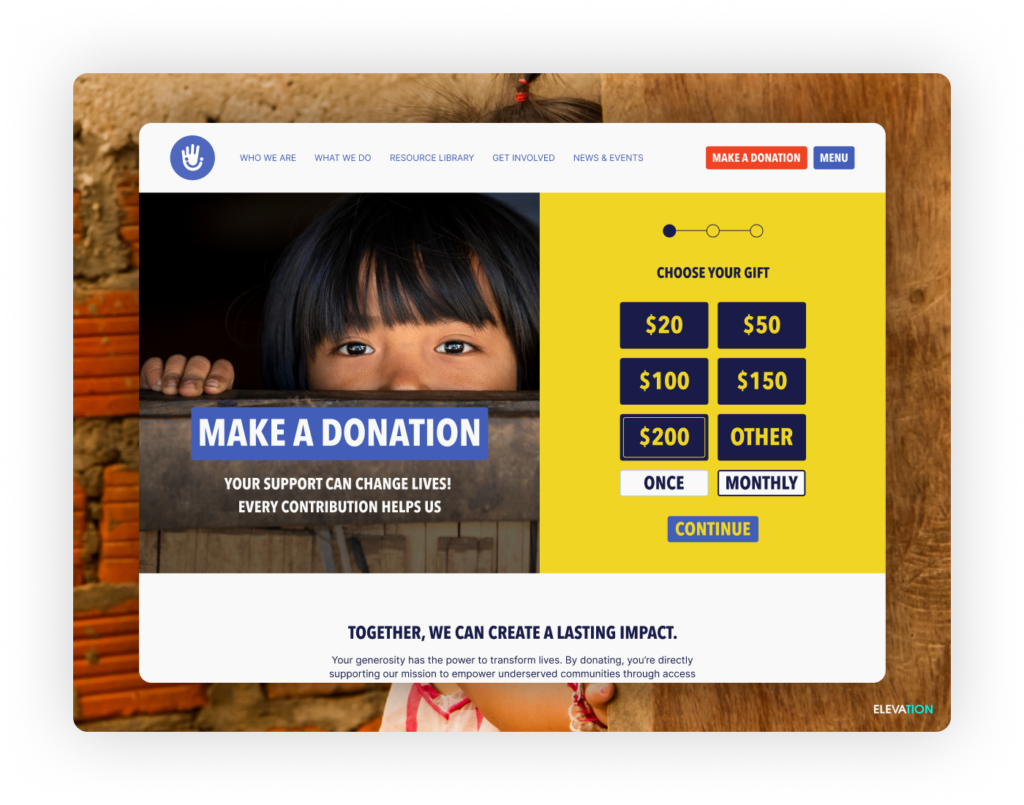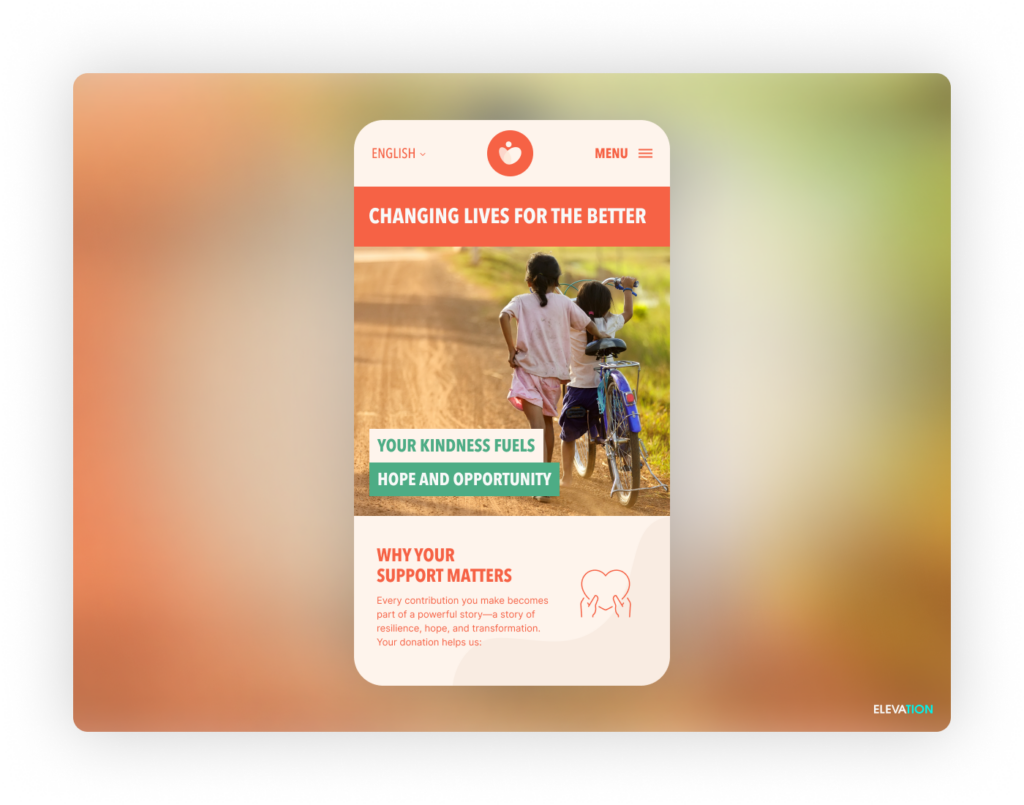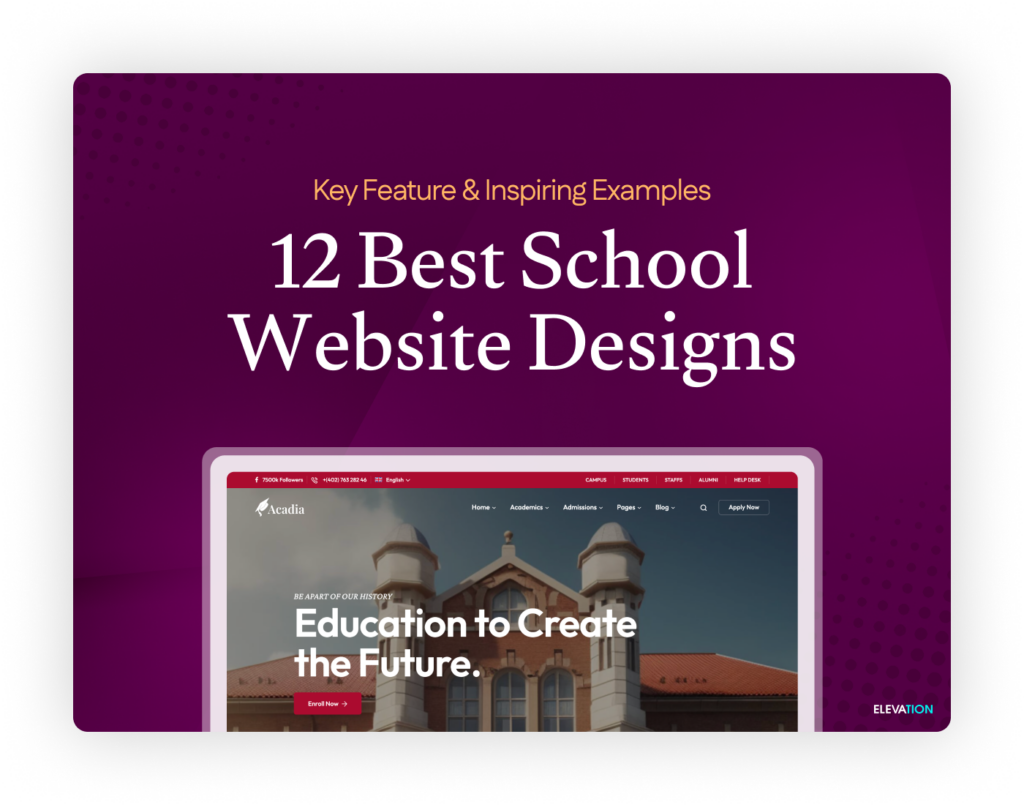
Build a School Website That Inspires, Informs, and Engages
A school’s website is kind of like a digital front door, offering a glimpse into the institution’s culture, values, and offerings. It’s often the first interaction families, students, and staff have with the institution, and, depending on the impression the site gives, it could help (or hinder) enrollment, job applications, and donations. So, what makes a school’s website design good? The short answer is a blend of aesthetics, functionality, and engagement. Below, we highlight 12 of the best school website designs that excel in user experience, mobile responsiveness, branding, and accessibility.
Key Features of High-Performing School Websites
A well-designed school website does more than just look good. The best school website designs seamlessly blend functionality with the look, ensuring that visitors can easily find the information they need while enjoying an intuitive user experience. Below are the key features that set high-performing school websites apart, helping schools connect with their communities and leave a lasting impression.
User-Friendly Navigation: A well-structured website ensures visitors can effortlessly find the information they seek. Clear menus, intuitive layouts, and a logical flow are essential components.
Mobile Responsiveness: With the increasing use of smartphones and tablets, websites must adapt seamlessly to various screen sizes, providing an optimal viewing experience across all devices.
Engaging Visuals & Branding: High-quality images, cohesive color schemes, and consistent branding elements create a professional and welcoming atmosphere that reflects the school’s identity.
Comprehensive Academics & Admissions Information: Detailed and accessible information about academic programs and the admissions process is crucial for attracting prospective families.
Event Calendars & News Updates: Regularly updated calendars and news sections keep the school community informed about upcoming events, important dates, and recent achievements.
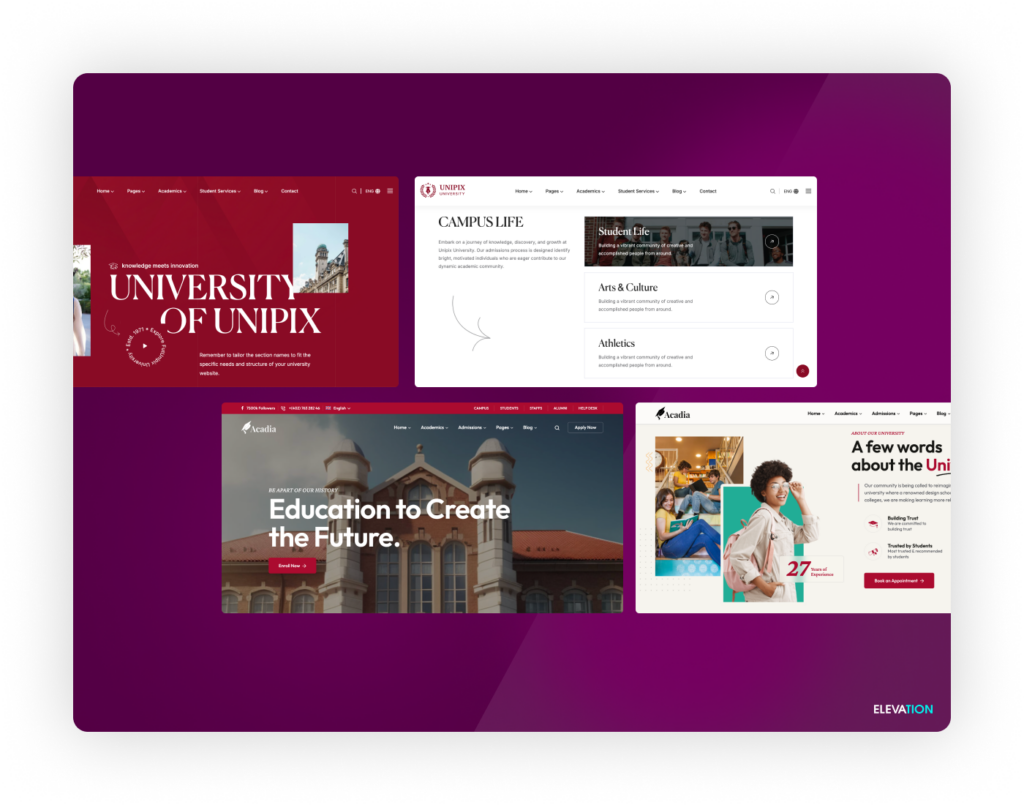
12 of the Best School Website Designs and What We Learned From Them
1. Cotati Rohnert Park Unified School District (California)
This district website is a masterclass in organizing vast amounts of information without feeling cluttered. Quick-link icons provide easy access to key resources like the school directory, departments, family resources, and calendars, ensuring that families can find what they need in just one click.
Key Takeaway: Smart organization and intuitive navigation make large school district websites more manageable for users.
2. Phoenix Union High School District (Arizona)
Phoenix Union High School District’s website is bold and dynamic, mirroring the energy and diversity of its student population. Prominent enrollment buttons on the homepage simplify the registration process while clearly structured sections provide easy access to resources for students, parents, and staff. Plus, they also provide language translation options, making it easier for visitors who speak multiple languages to navigate the site.
Key Takeaway: Clear calls to action and well-organized content make large district websites easier to navigate.
3. Gratz College (Pennsylvania)
Gratz College’s website elevates the student experience with an interactive course catalog that can be filtered by program and semester. Integrated data tools streamline enrollment, making the admissions process seamless for prospective students.
Key Takeaway: Filtering tools and seamless data integration improve the user experience and simplify decision-making.
4. Vista Charter Public Schools (California, Charter Network)
Vista Charter’s site stands out with a dynamic homepage that incorporates testimonials and videos, offering a first-hand glimpse into student and teacher experiences. Its mobile-friendly design ensures an optimal browsing experience across devices.
Key Takeaway: Mobile-friendly home pages and engaging multimedia elements can personalize a school’s story and create an emotional connection with visitors.
5. Finland International School Maldives (Malé, Maldives)
This school’s website is a standout for its bold branding, featuring strong use of school colors and playful visual elements that reinforce its identity. A series of graphics present key academic statistics, helping prospective families understand the school at a glance.
Key Takeaway: Well-designed branding elements and clear data visualization can improve a website’s effectiveness in communicating key information.
6. Legacy Early College (South Carolina)
With a striking mobile-first design, Legacy Early College’s website prioritizes both aesthetics and usability. An interactive Health and Nutrition panel highlights the school’s focus on student well-being, adding dynamic and engaging content to the homepage.
Key Takeaway: Mobile-friendly designs with interactive features enhance engagement and accessibility.
7. Haas Hall Academy (Arkansas)
Haas Hall Academy’s minimalist approach keeps the focus on essential information. Two distinct navigation menus separate academic details from student resources, while two distinct, clear CTA buttons on the homepage direct visitors to the application process or to learn more.
Key Takeaway: Minimalist design and clear CTAs improve usability and encourage conversions.
8. Portage Public Schools (Michigan)
Portage Public Schools’ website stands out for its interactive features, including a live feed that keeps families informed with real-time updates. The Points of Pride page showcases the district’s achievements, reinforcing its reputation for academic excellence and community engagement.
Key Takeaway: Consistently updated content and live feeds foster engagement and strengthen school branding.
9. University of the Arts London (UK, Art/Design University)
As expected from a leading arts institution, UAL’s website is sleek and visually driven. High-quality photography and a minimalist layout put the focus on student work and academic programs, creating an immersive browsing experience.
Key Takeaway: A visually rich yet uncluttered design can showcase creativity while maintaining usability.
10. Oberlin College (Ohio, Liberal Arts & Music Conservatory)
Oberlin’s homepage effectively leverages student stories and imagery to create an authentic sense of community. The dual-focus layout seamlessly integrates both the College of Arts & Sciences and the Conservatory of Music, ensuring clear navigation between programs.
Key Takeaway: Thoughtful navigation design can accommodate diverse academic offerings while maintaining clarity.
11. P.S. ARTS (California, Arts Education Nonprofit)
P.S. ARTS’ website stands out with its playful yet professional design. Bright colors, hand-drawn shapes, and creative typography create a kid-friendly yet polished aesthetic. The unconventional layout remains easy to navigate, balancing originality with usability.
Key Takeaway: Unique design elements can set a website apart while still maintaining user-friendliness.
12. Millennium Dance Complex (California, Dance Academy)
A full-screen video of dancers in motion immediately captures visitors’ attention on Millennium Dance Complex’s website. Despite the energetic visuals, the layout remains clean and intuitive, ensuring easy navigation for students and parents.
Key Takeaway: High-quality video content can effectively communicate a school’s energy and mission while maintaining a streamlined user experience.
Design for the Future: Make Your School’s Website Stand Out
The best school website designs make it easy for students, parents, and staff to find the information they need and get a sense of the school’s culture and story. From intuitive navigation and mobile responsiveness to dynamic content and strong calls to action, these examples highlight how schools can create an effective and user-friendly online experience.
Investing in a well-structured website not only strengthens a school’s brand but also enhances accessibility and engagement for its entire community. If your school’s website needs improvement, implementing these best practices can make a significant impact.
If you’re looking to update your school or nonprofit’s website design, consider reaching out to a design agency to help you level up.
